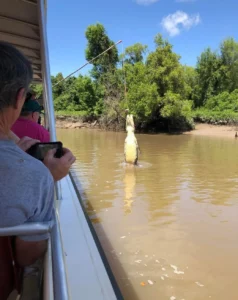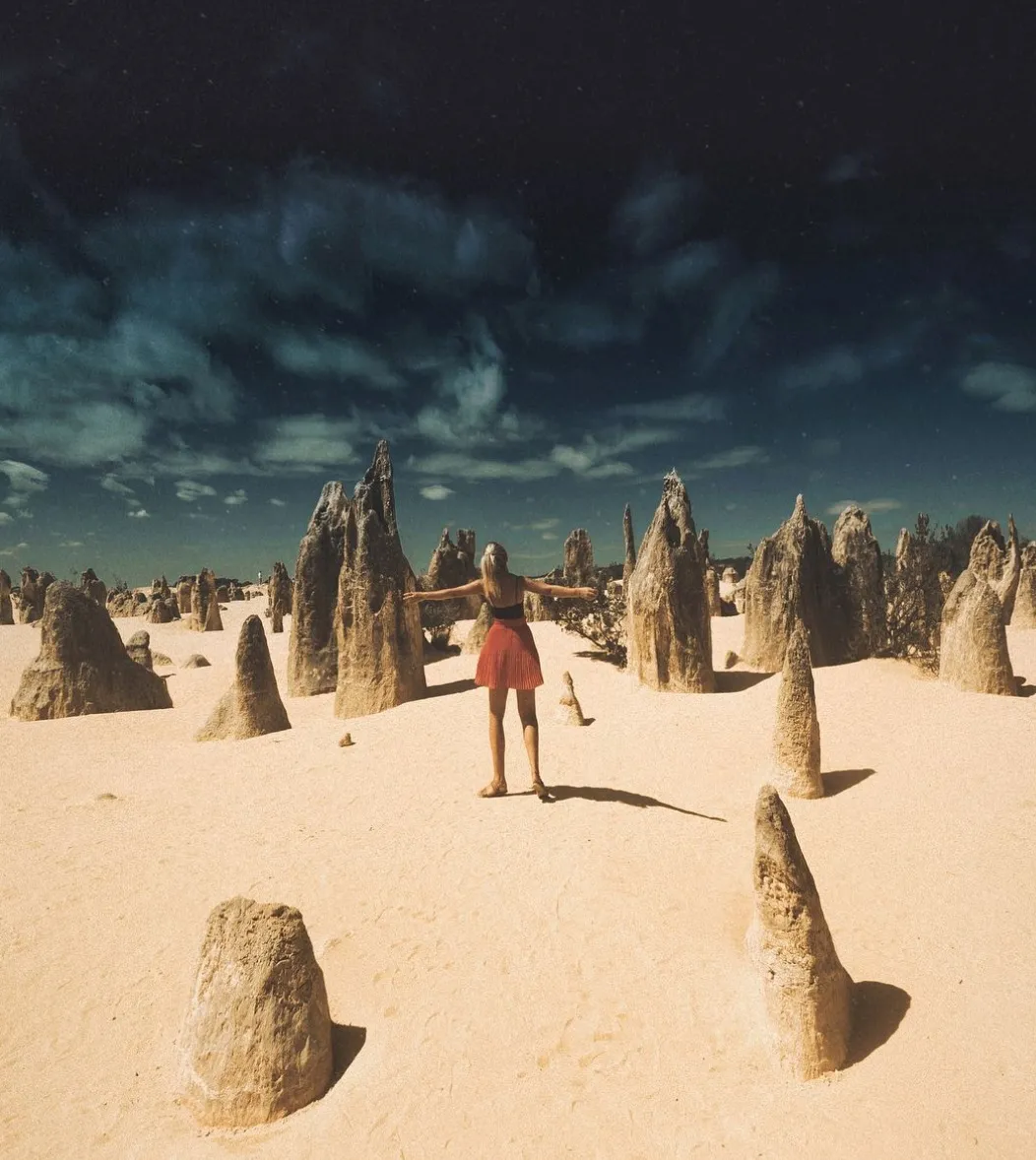
In the heart of Western Australia the Pinnacles in Nambung National Park are more than just stunning limestone formations. This is a wildlife lovers paradise, a chance to see native animals like kangaroos, emus and more. A day trip to the Pinnacles is not just about seeing these natural wonders but also about experiencing the incredible diversity of life in this harsh but beautiful landscape. Whether you are on a lifetime trip to Western Australia or a wildlife focused trip the Pinnacles and surrounds will deliver unforgettable encounters with some of Australia’s most iconic species.
Unique Landscape and Wildlife Habitat
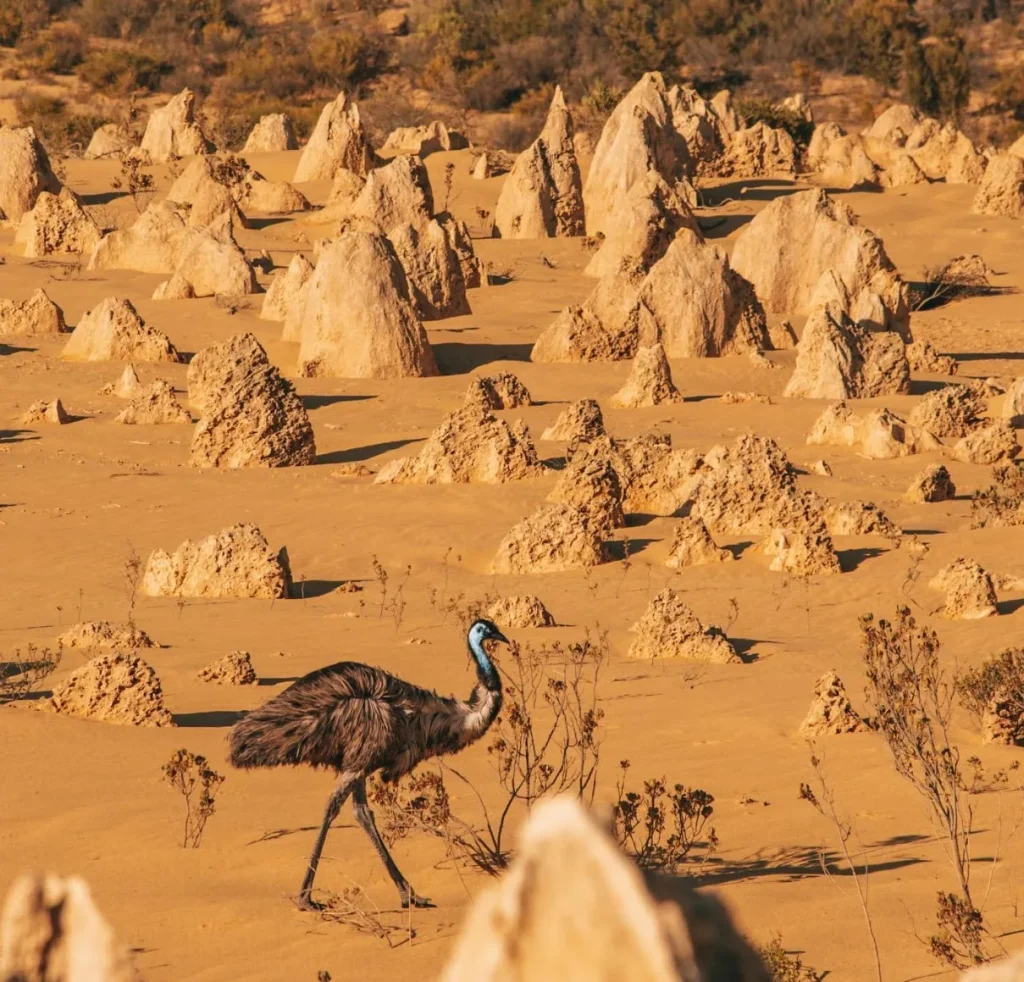
The Pinnacles landscape is a result of millions of years of natural forces in Western Australia. Rising from the golden sand these limestone spires are surrounded by white sand dunes, it’s a surreal environment that feels both ancient and otherworldly. The habitats within Nambung National Park include coastal shrublands, woodlands and sandy dunes, all of which support a wide range of bird life and other wildlife. The contrast between the arid desert landscape and the lush green of the surrounding parks like Yanchep National Park and Whiteman Park is what makes this region so unique. This diverse environment is the perfect habitat for many species, making it a wildlife enthusiasts paradise.
Best Time to See Wildlife
The best time to see wildlife near the Pinnacles is during the cooler months from April to October when the animals are most active. Early mornings and late afternoons are the best times to visit as many species are out feeding or socialising. During these cooler hours kangaroos will be grazing in the open grasslands and emus will be wandering near the shrubs. Planning your visit around these peak times will not only enhance your wildlife watching experience but also allow you to enjoy the area in more comfortable weather. If you are staying longer accommodation options like the RAC Cervantes Holiday Park or Cervantes Lodge are convenient bases to stay and explore the park and its wildlife.
Kangaroos: Australian Icons
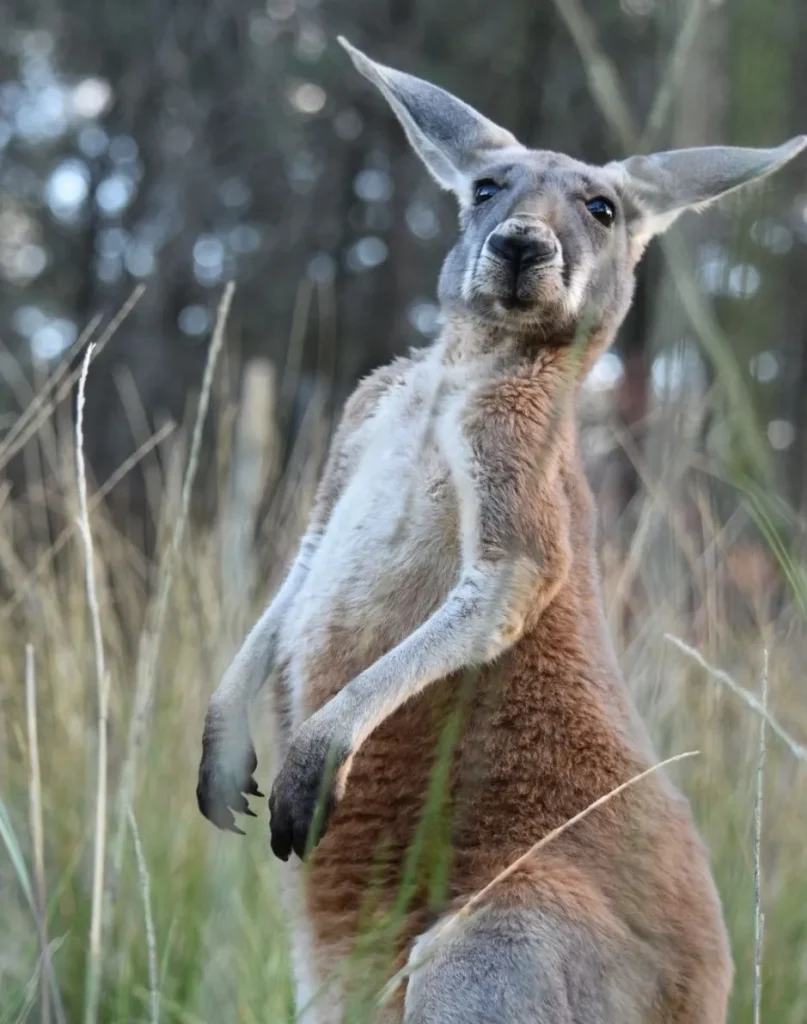
Kangaroos are an Australian icon and play a big role in the region’s ecosystem. Both eastern grey and western grey kangaroos can be found in the Pinnacles area. They come out to feed at dawn and dusk and their powerful legs and hop are a sight to behold against the golden sand and limestone formations. Seeing a mob of kangaroos especially with their joeys is an experience you will never forget that shows their resilience and adaptability. Remember kangaroos are wild animals so keep a safe distance for their safety and yours.
Emus: Biggest Native Birds
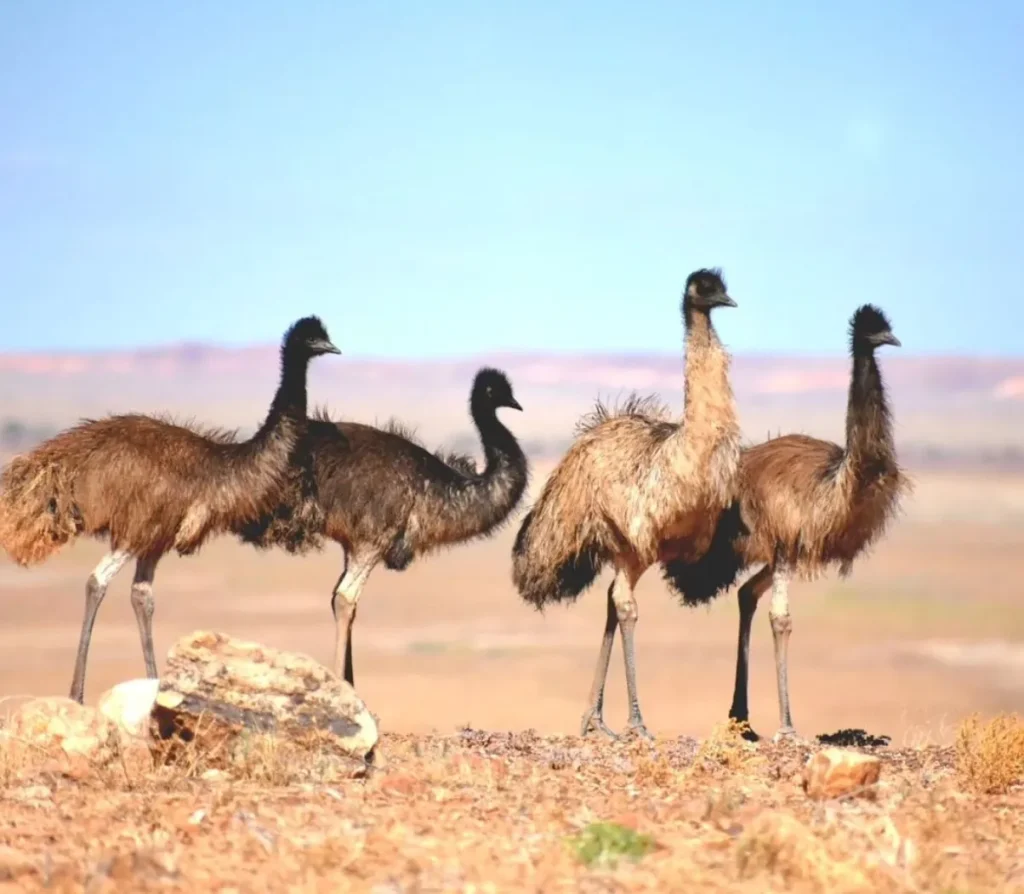
Emus are Australia’s biggest flightless birds and are common around the Pinnacles. They stand tall with their brown feathers and brown stripes and are often seen wandering around looking for food. The emu population in this area is healthy due to the diverse habitats that provide plenty of food sources such as seeds, fruits and insects. Emus help disperse seeds and maintain plant diversity. Their presence in the park is a result of the conservation efforts that have protected their habitats. The emu is on the Australian coat of arms, representing Australia’s unique wildlife.
Other Wildlife to See
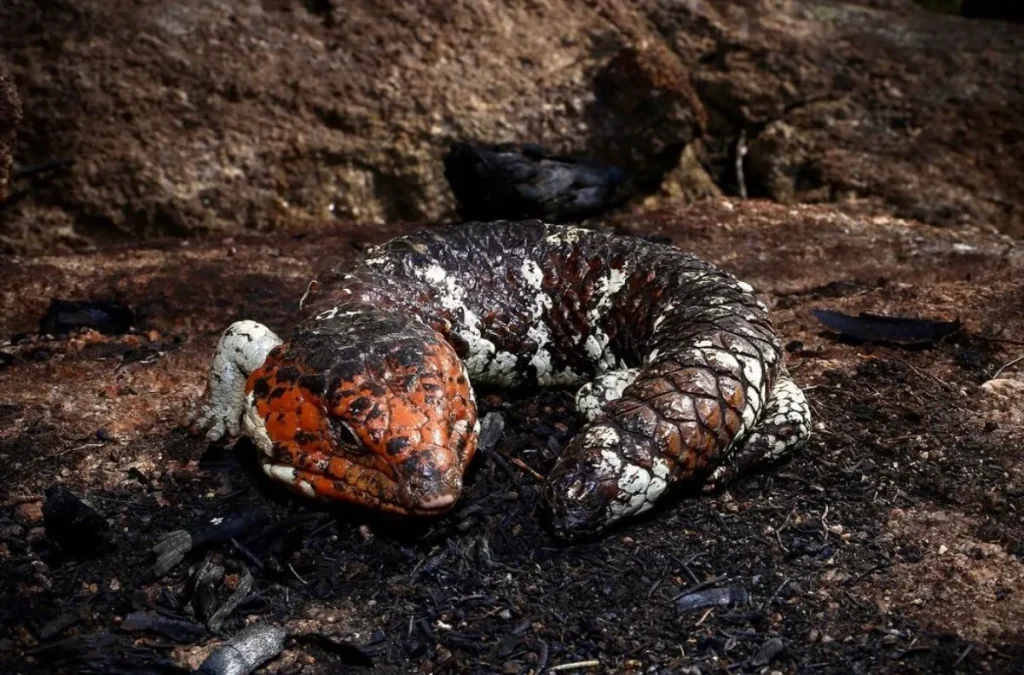
The Pinnacles aren’t just for kangaroos and emus; the area has a wide range of other wildlife. Echidnas with their spiky coats can be seen foraging for ants and termites. The park has a variety of bird life from the bright rainbow lorikeets to the majestic wedge-tailed eagles that fly overhead. Bobtail lizards and goannas can be seen basking in the sun on rocks. Each of these species adds to the bird life and biodiversity of the park and every visit is different. You can also visit Caversham Wildlife Park to see some of these animals up close in a controlled environment.
Planning Your Wildlife Watching
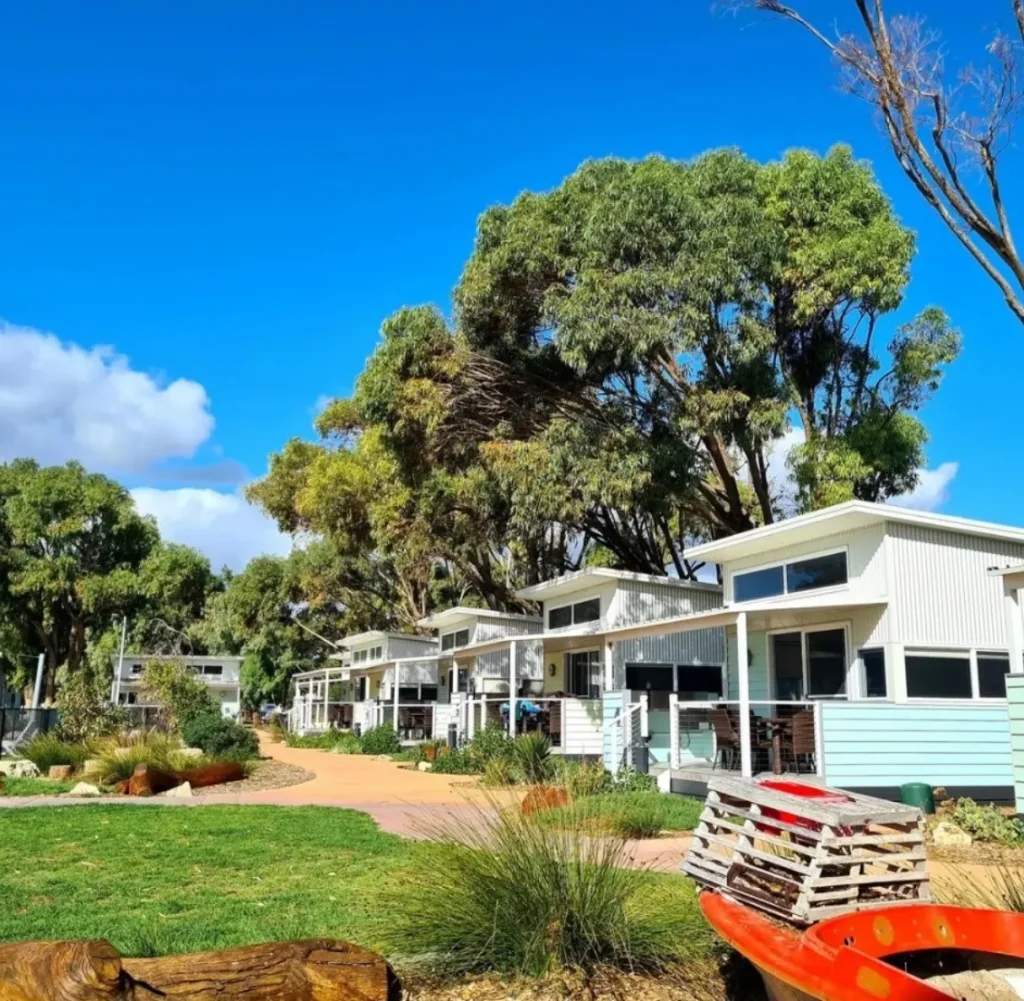
When planning your wildlife watching trip to the Pinnacles, consider the level of fitness required as some trails are more challenging than others. Make sure you are prepared for the terrain and climate especially if you are visiting during the hotter months. Book your accommodation in advance, such as the RAC Cervantes Holiday Park, and check the event calendar for any guided Australian Pinnacles tours or talks by park rangers. Don’t forget to bring a camera with a zoom lens, binoculars and plenty of water. Being prepared will make your experience even better and help you capture the magic of this special place.
Other Attractions Near the Pinnacles
In addition to the wildlife and scenery of the Pinnacles, there are other places to visit in the area. Lake Thetis with its ancient stromatolites is a must see for those interested in the geology of the region. Hangover Bay with its stunning views is perfect for a picnic or a swim in the clear water. History buffs can visit the sites of the European settlers and their impact on the region, including the use of machine guns in the early days of settlement. For a more relaxed day out visit Yanchep National Park to see the unique flora and fauna or the Australian Museum to learn more about the region’s natural and cultural history.
Conclusion
Wildlife watching at the Pinnacles is a chance to see the amazing biodiversity of Western Australia in its natural landscape. From the roos to the emus, the wildlife in this area is incredible. By planning ahead and respecting the environment you can have an unforgettable experience of the Pinnacles and its surrounds.
Wildlife Sightings Table
For those who want to make the most of their wildlife watching here is a table of the best times and places to see the different species at the Pinnacles:
| Animal | Best Time to Spot | Preferred Habitat | Tips for Viewing |
|---|---|---|---|
| Kangaroos | Early morning, dusk | Open grasslands, woodland edges | Look for mobs grazing near the desert sands. |
| Emus | Morning, late afternoon | Shrubland, open bush | Watch for groups foraging near bush edges. |
| Echidnas | Afternoon | Sandy soils, underbrush | Often seen digging for ants near shaded areas. |
| Wedge-tailed Eagle | Midday | Sky, high perches | Scan the sky or look for them perched on high trees. |
| Bobtail Lizards | Mid-morning | Rocky outcrops, warm ground | Often basking on sunny rocks or near paths. |
This is a quick guide to help you plan your trip and see the amazing wildlife of Western Australia.
FAQs
What is the best time to visit the Pinnacles for wildlife?
April to October. The weather is cooler and the animals are more active so easier to see in the wild.
Can I feed the animals I see at the Pinnacles?
No, feeding wildlife is not recommended as it can harm their diet and behaviour. Observe from a distance without disturbing their natural habits.
Are there guided tours at the Pinnacles?
Yes, several tours are available that will give you an insight into the geology and wildlife of the Pinnacles. Book in advance to secure your spot.
What should I bring for a wildlife watching trip to the Pinnacles?
Camera, binoculars, water, sun protection, comfortable walking shoes. Check for any special dietary requirements or allergies before you go especially if you are staying at Cervantes Lodge.
Other places to visit?
Lake Thetis, Hangover Bay, Whiteman Park. Each has its own wonders, geology and history.
